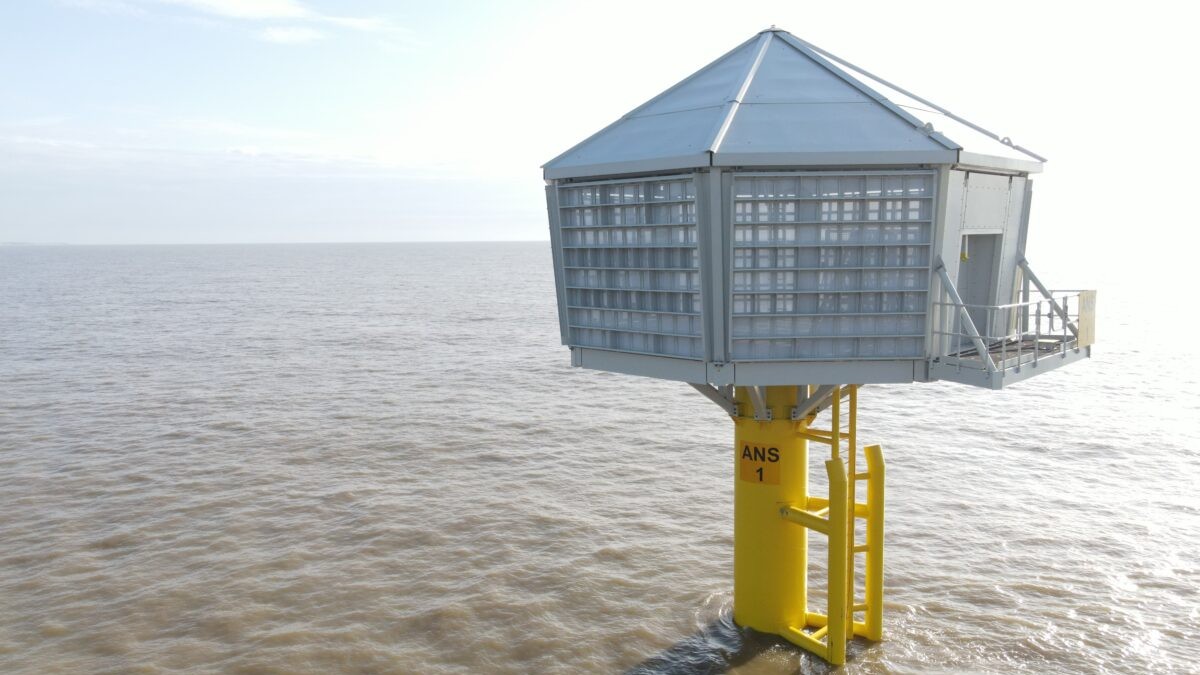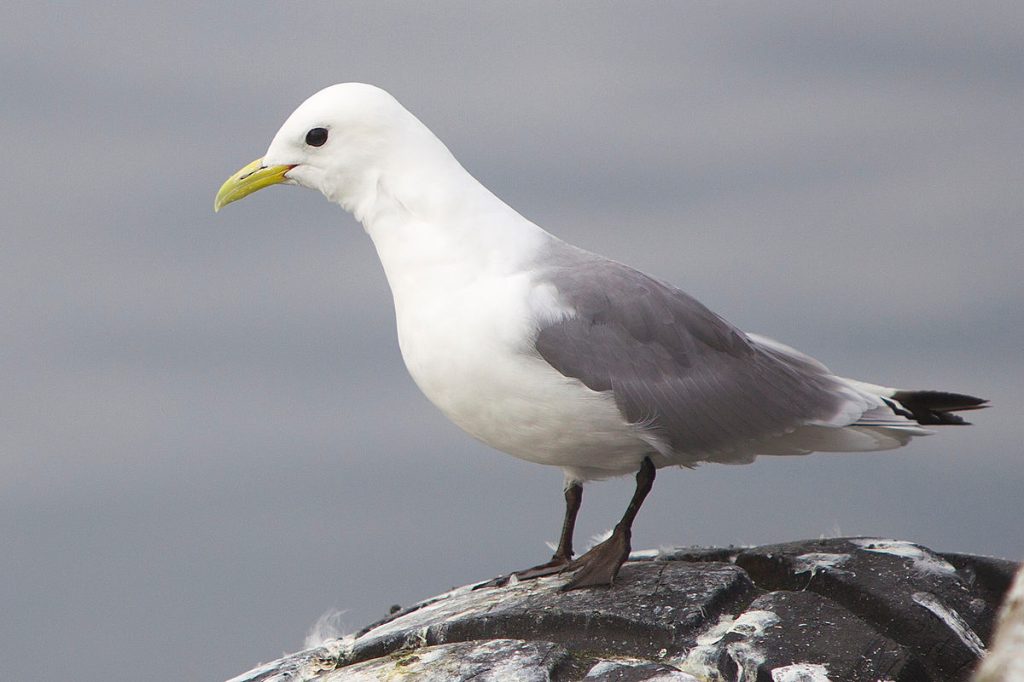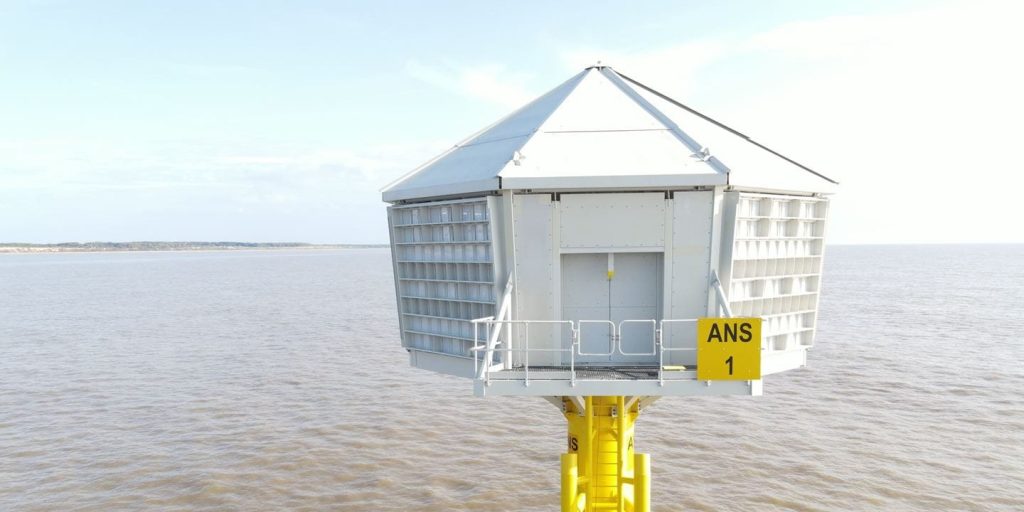
Danish wind giant Ørsted has completed three huge artificial nests designed to house a vulnerable seabird species near the UK’s Hornsea 3 offshore wind farm.
Hornsea 3 is a 2.85-gigawatt offshore wind farm that will be located off England’s east coast, around 120 km (75 miles) from Norfolk and 160 km (99 miles) from Yorkshire. It’s expected to be completed by 2025, and it will be capable of powering over 3 million households.
It’s also the first UK offshore wind project to require ecological compensation.

In order to gain consent for Hornsea 3, Ørsted was required to accommodate the Black-legged kittiwake (Rissa tridactyla), a vulnerable seabird species that could potentially be affected by Hornsea 3.
Food shortages and climate change are the most likely factors contributing to the downward trends in kittiwake numbers that have been recorded since 2000.
Kittiwakes aren’t your typical gull: They’re small and gentle and feed only on marine fish and small crustaceans. They don’t eat food out of garbage cans and swoop on people to steal food right out of their hands.
Eleni Antoniou, environmental manager at Ørsted, said:
Kittiwake are listed as at risk from extinction and with climate change as a key driver to their decline, a move towards a green energy system could help considerably in the long-term conservation of the species. In the meantime, the provision of these structures will provide a safe, nesting space to enable future generations to raise young away from predators and out of town centers.
Ørsted worked with UK marine contractor Red7Marine to build the giant kittiwake nests, which it calls “nearshore artificial nesting structures (ANS).”
The artificial nests are located off the coast of Suffolk, which is south of Norfolk, because it’s one of the most likely places for the artificial nests to be colonized quickly. Despite a lack of natural nesting sites – that is, cliffs – in Suffolk, kittiwakes have colonized the area anyway, and its population is growing there.
The giant bird nests, which were designed by a team of ecologists, architects, and engineers, are located about 1 km (0.6 miles) offshore. The structure is supported above the water on a single monopile. The octagonal topside contains a space with a table, chairs, and whiteboard so researchers can record data findings. Two cameras have been installed on each structure.
Each artificial nest has the capacity for around 500 nesting spaces spread across eight rows of ledges per nesting face. Individual nesting spaces are fitted with a sliding Perspex panel that allows researchers to view the kittiwake from inside without the birds seeing them.

As Red7Marine explains:
The [nests] have narrow ledges and vertical sides to replicate the cliffs where kittiwake would naturally nest. There are eight sides to give kittiwake different options in case one side is too sunny or too windy. The main structure is off-white to blend in with the sky and sea.
Ørsted is going to monitor the birds for the lifetime of the ANS.
Read more: The world’s largest offshore wind farm is now fully operational
ANS photo: Red7Marine; Kittiwake photo: Wikipedia
To limit power outages and make your home more resilient, consider going solar with a battery storage system. In order to find a trusted, reliable solar installer near you that offers competitive pricing, check out EnergySage, a free service that makes it easy for you to go solar. They have hundreds of pre-vetted solar installers competing for your business, ensuring you get high-quality solutions and save 20-30% compared to going it alone. Plus, it’s free to use, and you won’t get sales calls until you select an installer and you share your phone number with them.
Your personalized solar quotes are easy to compare online, and you’ll get access to unbiased Energy Advisers to help you every step of the way. Get started here. –ad*
FTC: We use income earning auto affiliate links. More.




Comments